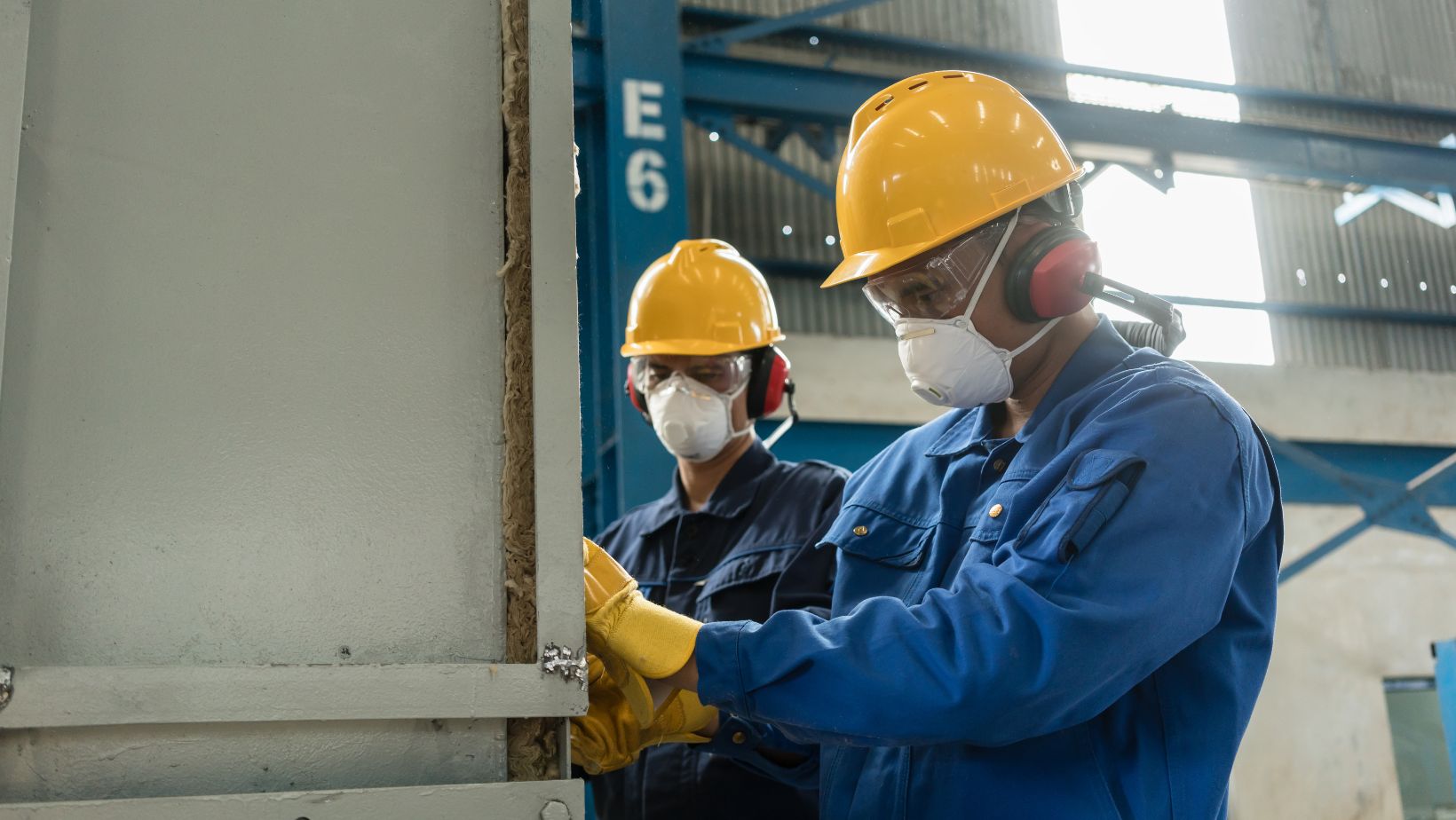Which Answer Best Describes Ppe on The Hierarchy of Controls to Protect Workers?
While PPE plays a crucial role in protecting workers, it is crucial to understand that it should not be the primary method of hazard control. Relying solely on PPE can lead to a false sense of security and may not adequately address the underlying hazards. By implementing the hierarchy of controls, employers can take a proactive approach to workplace safety and ensure that hazards are effectively managed, minimizing the reliance on PPE as the sole protective measure.
Understanding The Hierarchy of Controls
The hierarchy of controls is a crucial framework for protecting workers in the workplace. It provides a systematic approach to hazard control, prioritizing measures that eliminate or minimize hazards at their source. Personal Protective Equipment (PPE) is an essential component of this hierarchy, but it should not be the primary method of control. Let’s delve deeper into the different levels of the hierarchy and understand how PPE fits into the equation.
- Elimination/Substitution: The most effective way to protect workers is by eliminating the hazard altogether. If a hazard can’t be eliminated, it should be substituted with a less hazardous alternative.
- Engineering Controls: This level focuses on implementing physical changes to the workplace or equipment to reduce or eliminate the hazard. Examples include installing ventilation systems, enclosing noisy machinery, or implementing machine guards.
- Administrative Controls: These controls involve changes in work practices and policies to minimize exposure to hazards. This can include implementing safe work procedures, providing training and education, and establishing clear protocols for hazardous tasks.
- PPE as a Control Measure: Personal Protective Equipment is the last line of defense in the hierarchy of controls. It includes items such as gloves, safety glasses, helmets, and respirators. PPE should only be used when the previous control measures are not feasible or do not adequately address the hazard.

Engineering Controls
Engineering controls are an essential part of the hierarchy of controls in protecting workers. They involve the use of physical modifications or changes to the workplace environment to eliminate or reduce hazards. By implementing these controls, employers can create safer working conditions and minimize the reliance on personal protective equipment (PPE).
Engineering controls prioritize the elimination or reduction of hazards at their source, making them one of the most effective methods of control. Some examples of engineering controls include:
- Enclosure and isolation: Creating barriers or enclosures to separate workers from hazardous substances or processes. This can include installing walls, partitions, or containment systems to prevent exposure.
- Ventilation systems: Implementing proper ventilation to remove harmful substances from the workplace. This can be achieved through the use of local exhaust systems, such as fume hoods or ventilation fans, to capture and remove contaminants.
- Substitution of hazardous materials: Replacing hazardous substances with less harmful alternatives. This can involve using less toxic chemicals, substituting harmful materials with safer ones, or adopting alternative processes that eliminate the need for hazardous substances altogether.
- Automation: Implementing automated systems or machinery to reduce worker exposure to hazardous tasks. This can include using robots, conveyor belts, or other automated processes to perform dangerous or repetitive tasks.
Personal Protective Equipment (PPE)
When it comes to protecting workers, the hierarchy of controls plays a crucial role. Personal Protective Equipment (PPE) is an essential component of this hierarchy. PPE refers to any equipment or clothing that is designed to protect workers from potential hazards in the workplace. It acts as a physical barrier between the worker and the hazards, reducing the risk of injury or illness.
PPE is typically used when engineering controls and administrative controls are not feasible or when additional protection is needed. It is important to note that PPE should never be the first line of defense. Instead, it should be used in conjunction with other control measures to create a comprehensive safety strategy.
Examples of PPE include:
- Safety helmets to protect the head from falling objects or overhead hazards.
- Goggles or safety glasses to protect the eyes from flying debris, chemicals, or intense light.
- Earplugs or earmuffs to protect the ears from excessive noise.
- Respirators to protect the respiratory system from airborne contaminants.
- Gloves to protect the hands from cuts, burns, or chemical exposure.
- Safety footwear to protect the feet from falling objects, sharp objects, or electrical hazards.
- Protective clothing such as coveralls or aprons to protect the body from chemical splashes, heat, or flames.
Conclusion
Ensuring the safety and well-being of workers in the workplace requires a comprehensive approach that follows the hierarchy of controls. This includes implementing engineering controls, administrative controls, and the appropriate use of Personal Protective Equipment (PPE).
PPE plays a vital role in protecting workers from potential hazards, such as head injuries, eye injuries, respiratory problems, and more. However, it is important to remember that PPE should never be relied upon as the sole solution. It should be used in conjunction with engineering controls and administrative controls to provide maximum protection.
By following the hierarchy of controls and implementing a combination of control measures, employers can effectively mitigate risks and protect workers from harm. Ultimately, prioritizing the safety of workers not only benefits the individuals themselves but also contributes to the overall success and productivity of the organization.













